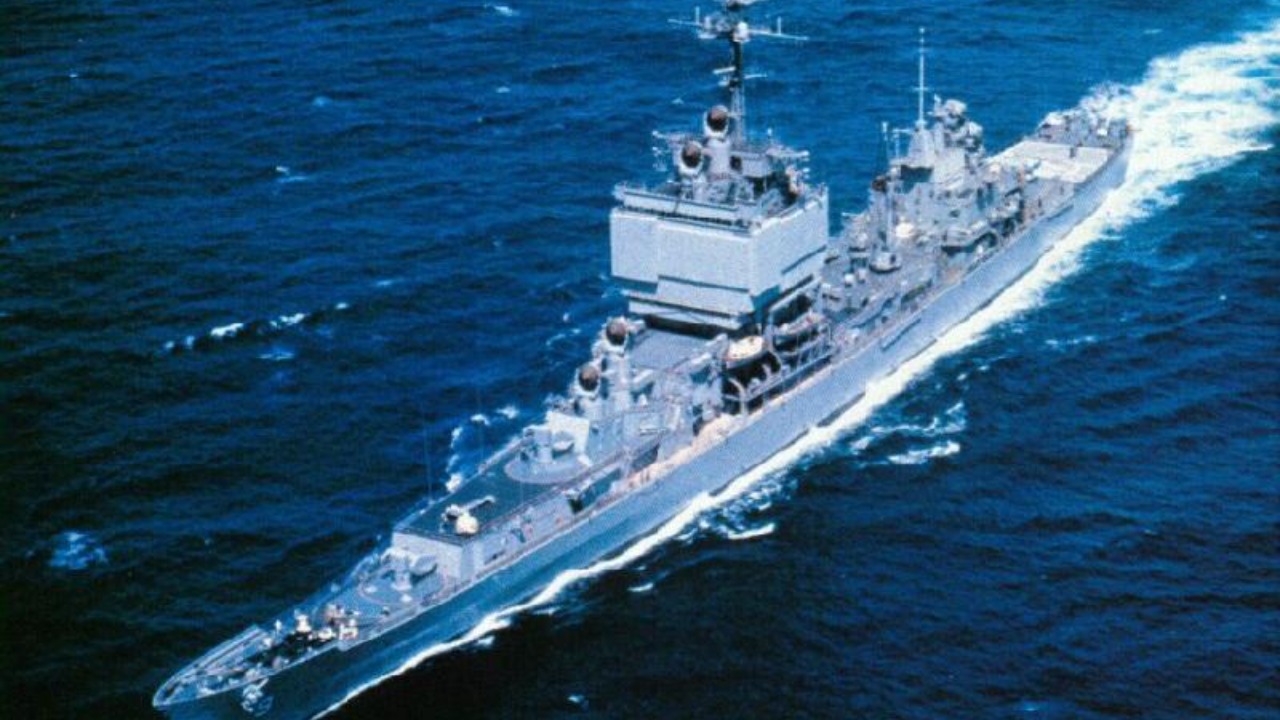
Throughout naval history, some ships have been taken out of service prematurely, leaving naval enthusiasts and experts questioning the decisions. Whether due to budget constraints, technological obsolescence, or strategic shifts, these vessels were decommissioned when they still had much to offer. Let’s explore six of these ships that many believe were retired too soon.
1. USS America (CV-66)
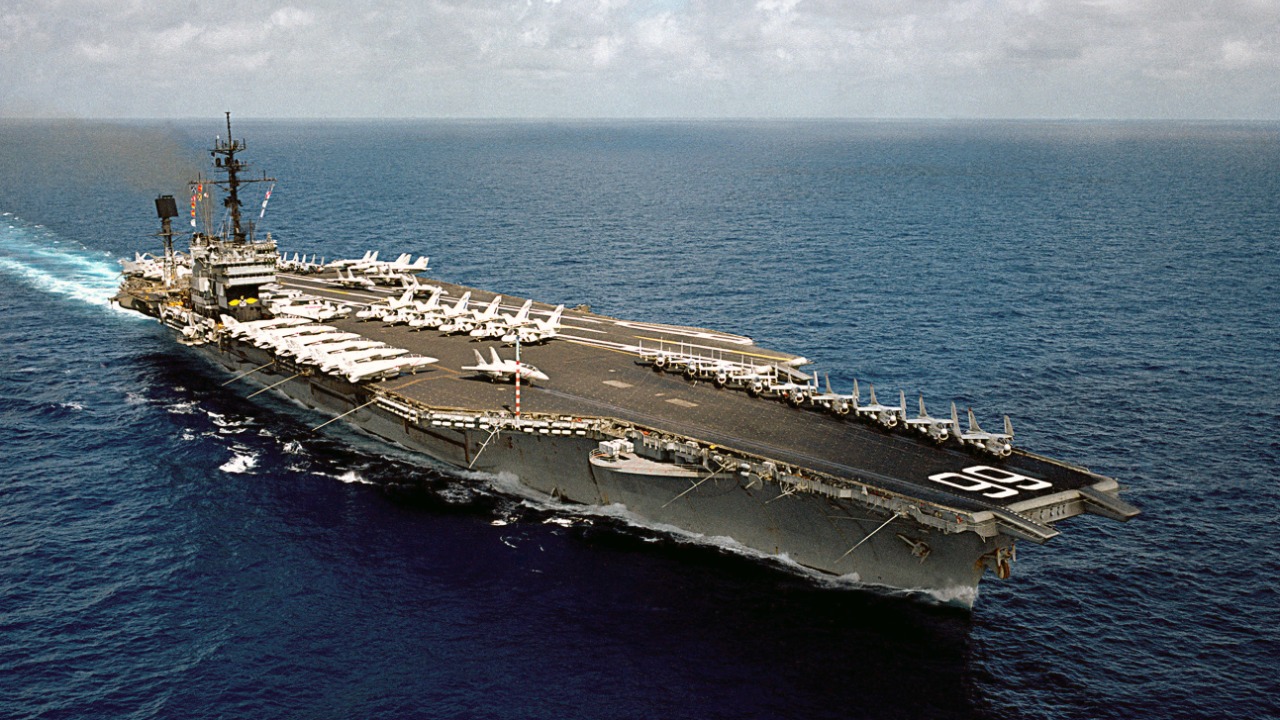
The USS America (CV-66) served as a critical component of the U.S. Navy’s carrier fleet. Commissioned in 1965, it was active during pivotal moments such as the Vietnam War and Operation Desert Storm. Despite its significance, the ship was decommissioned in 1996 and eventually scuttled during a sink exercise in 2005.
Many argue that with proper upgrades, the America could have continued serving well into the 21st century. For more on the Navy’s strategic decisions, see the Navy’s long-range shipbuilding plan.
2. USS Long Beach (CGN-9)
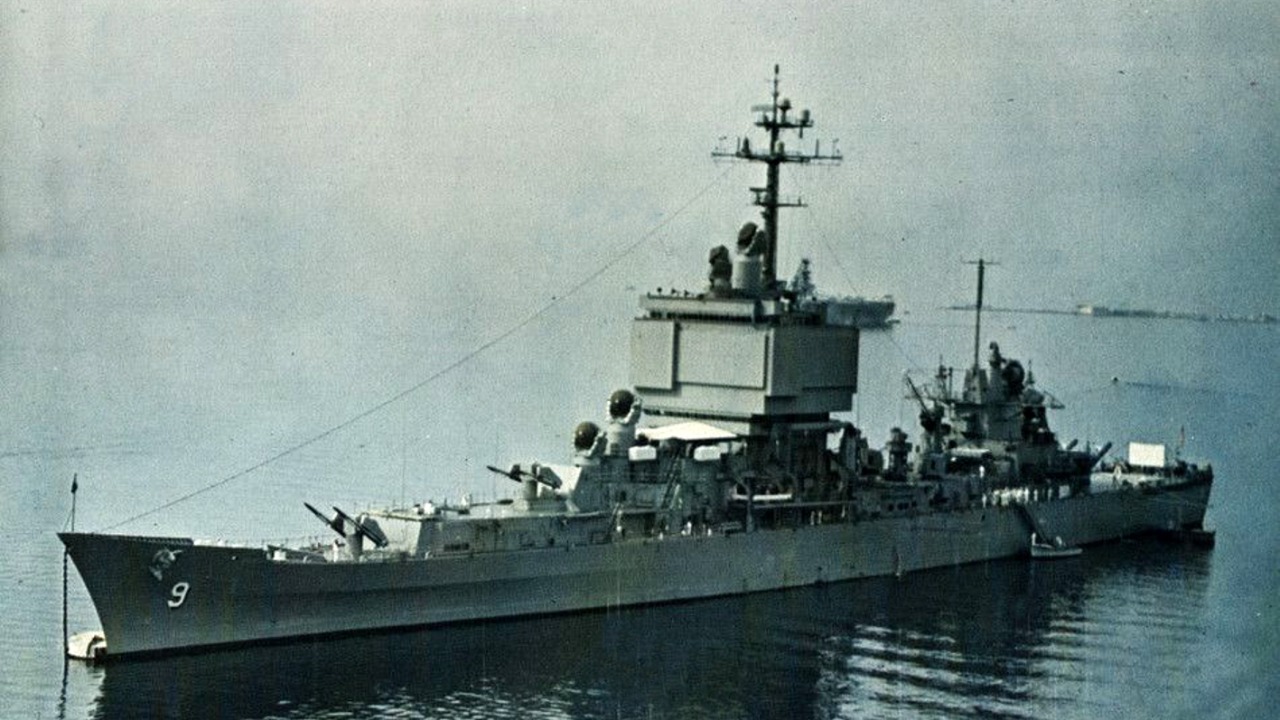
The USS Long Beach was the first nuclear-powered surface combatant, entering service in 1961. Its advanced radar and missile systems made it a formidable presence during the Cold War. Decommissioned in 1995, the ship’s retirement was seen as premature by some, considering its unique capabilities and the investment in its nuclear propulsion.
Despite its early retirement, the Long Beach set standards for future naval engineering. Explore more about naval technology in a detailed analysis of naval innovations.
3. USS Des Moines (CA-134)
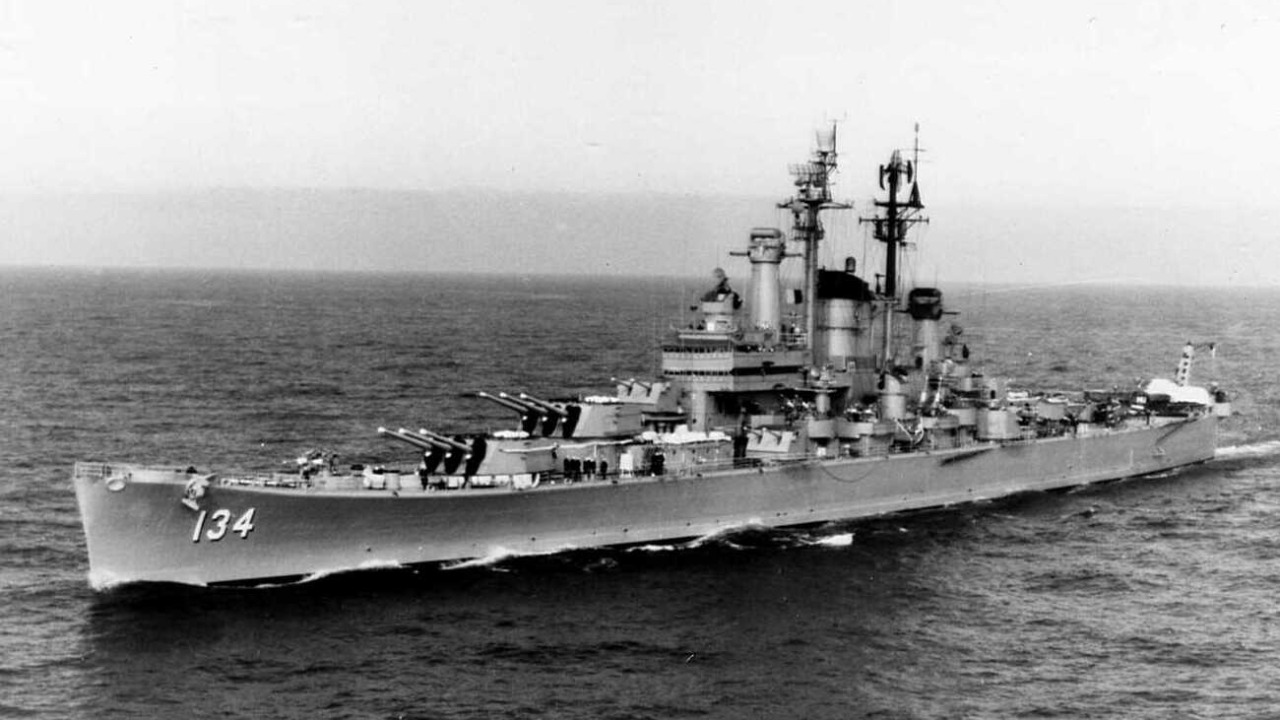
The USS Des Moines was the lead ship of her class, known for her rapid-fire 8-inch guns. Commissioned in 1948, she represented the pinnacle of heavy cruiser design at the time. However, by 1961, she was decommissioned, a decision driven by the Navy’s shift towards missile systems.
Many believe that with upgrades, such as modern missile systems, the Des Moines could have remained a valuable asset. For insights into naval strategy and ship design, consider reading this comprehensive report.
4. USS Enterprise (CVN-65)
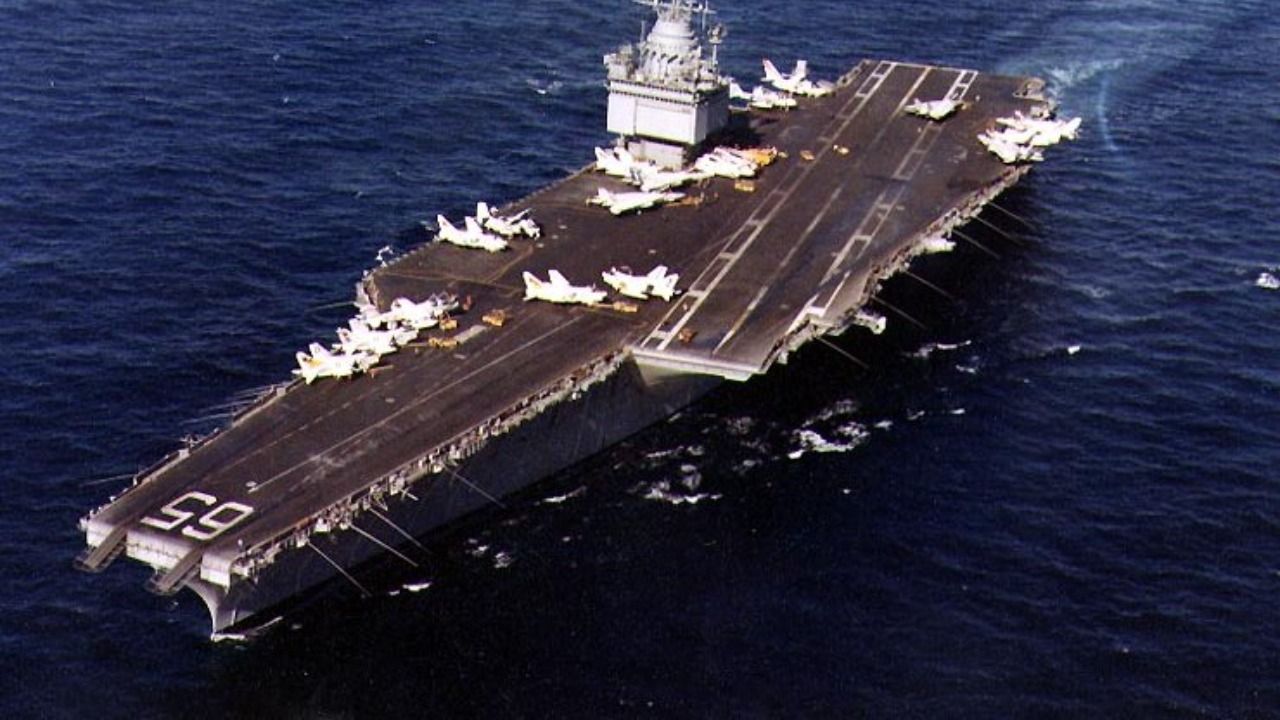
The USS Enterprise made history as the world’s first nuclear-powered aircraft carrier. She served from 1961 until her decommissioning in 2012, playing a role in numerous conflicts and humanitarian missions. Although the ship had surpassed its expected service life, many argue that its innovative design and historical significance warranted preservation.
The Enterprise’s decommissioning marked the end of an era for the Navy’s nuclear fleet. Learn more about the Navy’s transition to newer vessels in this article on naval modernization.
5. USS Virginia (CGN-38)
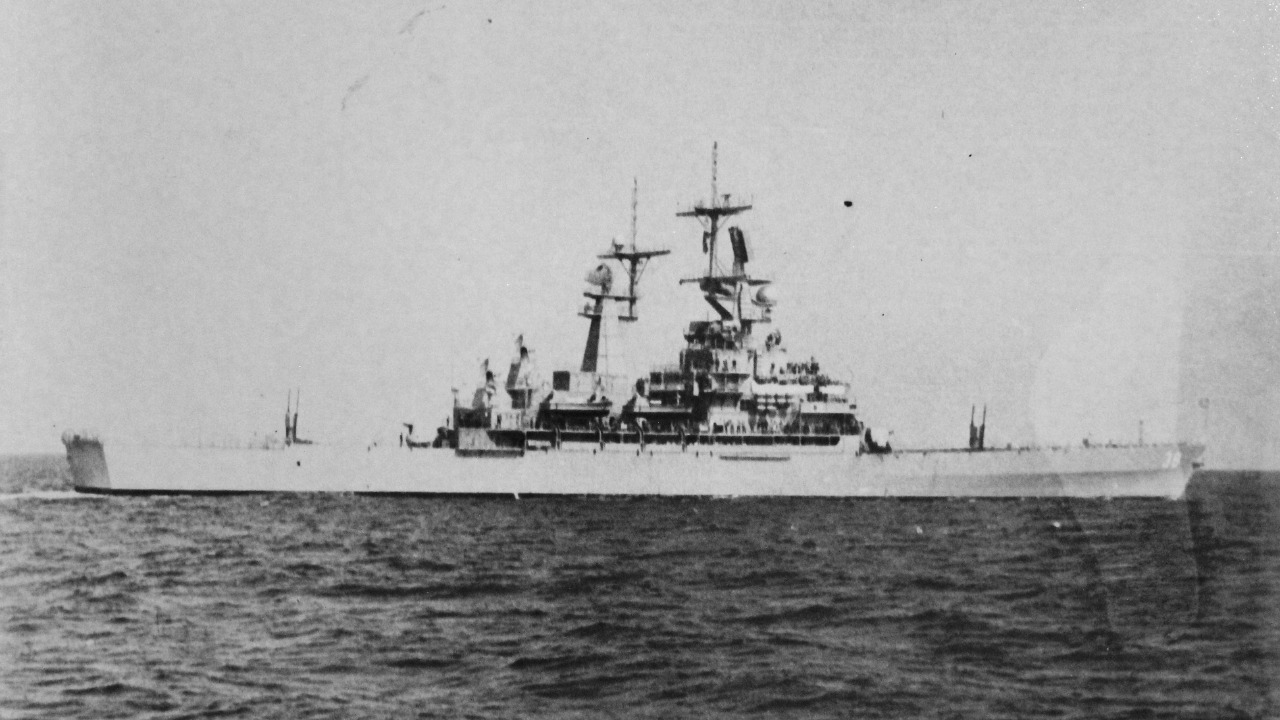
The USS Virginia was a nuclear-powered guided-missile cruiser that served from 1976 to 1994. Despite being part of a class of advanced cruisers, it was retired due to high operational costs and the strategic shift towards the Aegis-equipped ships.
This decision left a gap in the Navy’s capabilities that some feel could have been mitigated with further investment in the Virginia class. For more on the evolution of naval strategy, read this detailed study on naval operations.
6. USS Ticonderoga (CG-47)
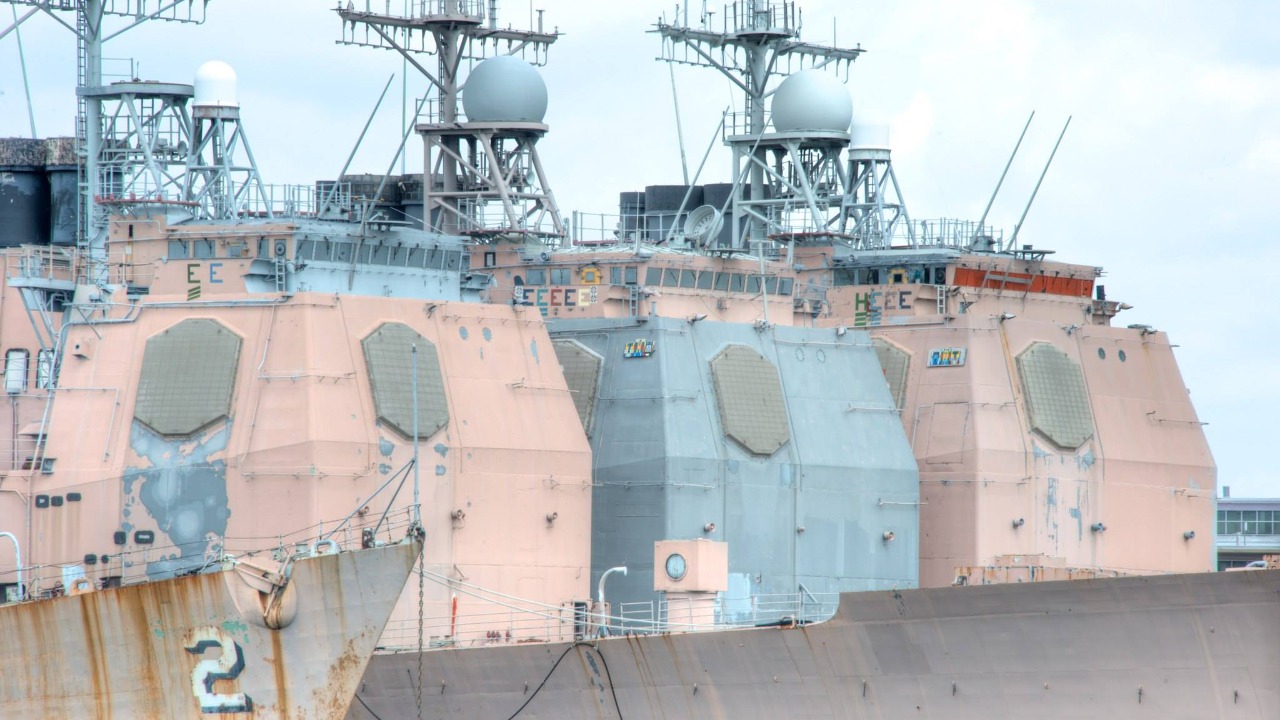
The USS Ticonderoga was the first in its class of Aegis-equipped guided missile cruisers, commissioned in 1983. Its sophisticated radar and missile systems set a new standard for naval warfare. However, it was decommissioned in 2004, despite its advanced capabilities.
Many believe that with technological upgrades, the Ticonderoga could have continued to enhance U.S. naval strength. The ship’s early retirement reflects the evolving priorities and budget constraints of the Navy.